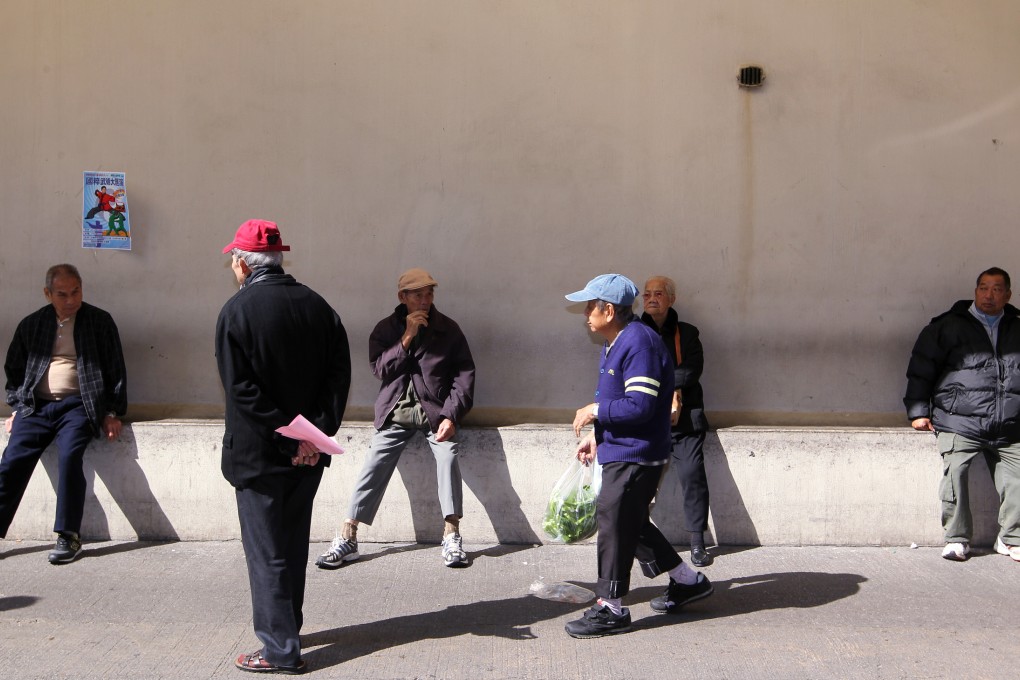Government measures to cut poverty in Hong Kong are delivering results
Carrie Lam calls for lawmakers to approve delayed funding for scheme to benefit working poor

The Commission on Poverty set the first official poverty line last year and pledged to monitor the situation in Hong Kong through annual updates of the poverty line analysis. Our original plan was to release the analysis of last year's situation at the second poverty commission summit, scheduled for early October. However, due to the Occupy Central movement, it could not be held. The analysis was finally released after the 15th meeting of the commission on Saturday.
The poverty situation last year improved noticeably compared with that in 2012. After taking into account recurrent cash-based benefits, the poor population dropped from 1.02 million in 2012 to 970,000, and the corresponding poverty rate fell from 15.2 per cent to 14.5 per cent. Both figures mark a five-year low.
Under the concept of "relative poverty", the 2013 poverty line moved upwards as the local economy and household income improved. Before the government's policy intervention, both the poor population and poverty rate increased slightly last year because of the ageing population.
However, the government's timely poverty alleviation measures, in particular the Old Age Living Allowance, which benefits 420,000 elderly, have provided opportune relief. The improvement was most pronounced for those aged 65 or above. In 2013, the elderly poverty rate dived from 44.9 per cent before policy intervention to 30.5 per cent afterwards. This was obviously the result of full implementation of the allowance in April 2013.
That said, the statistics show 285,500 elderly people still living below the poverty line, of whom over 80 per cent already received different forms of assistance under the social security system.
However, caution is needed, as the poverty line analysis takes account only of income, not assets. Most elderly are retirees with relatively low incomes. But some may possess assets, and they will be classified as poor. As such, the elderly poverty rate could be overstated.
In fact, based on a previous survey, 56 per cent of elderly below the poverty line and not receiving Comprehensive Social Security Assistance said they were not in financial need. More than 40 per cent lived in self-owned private property with no mortgage.
